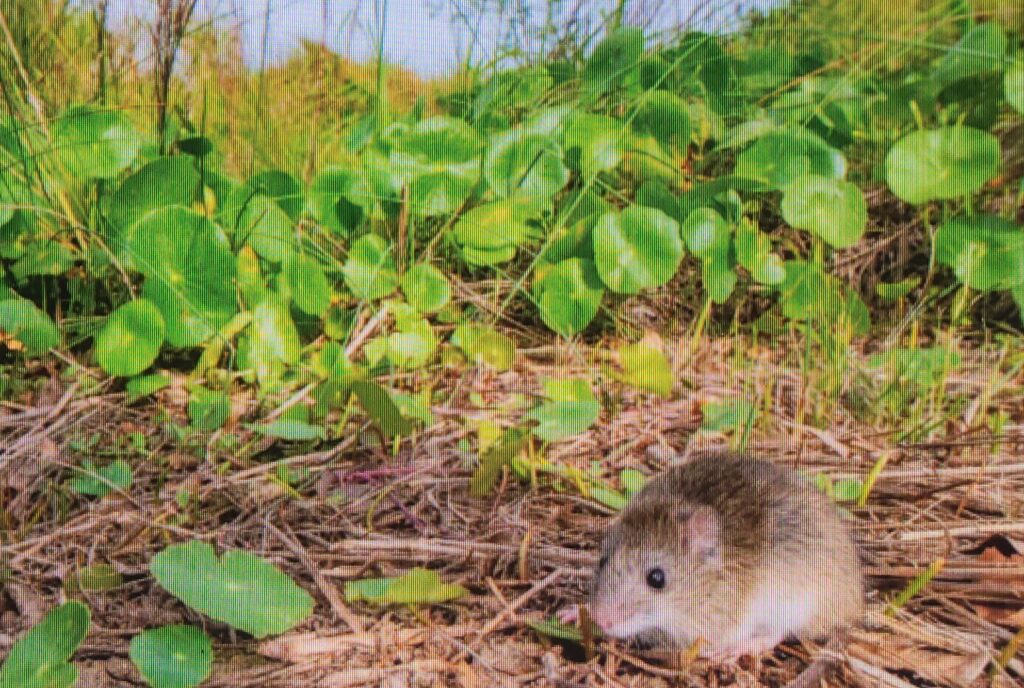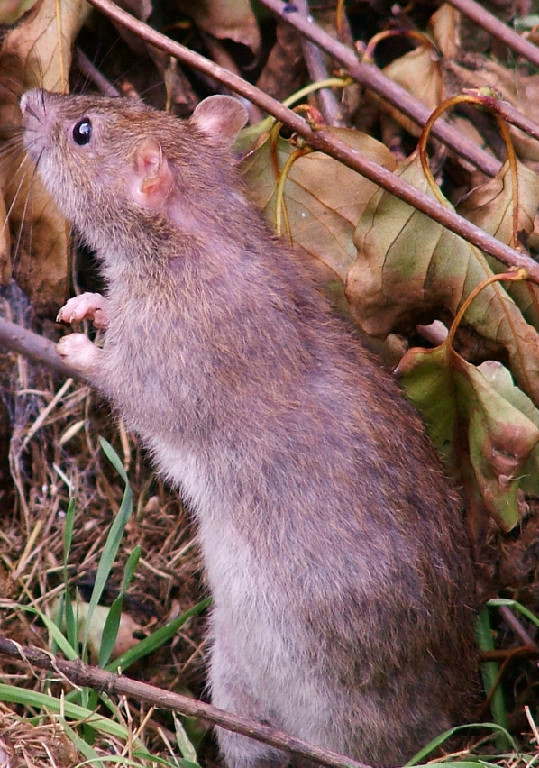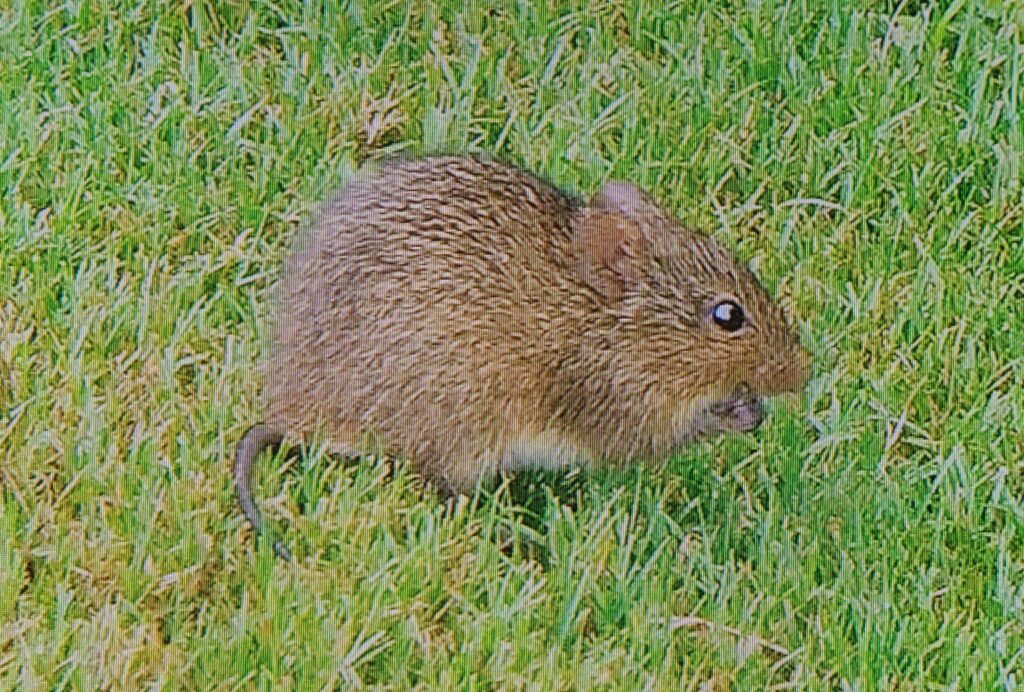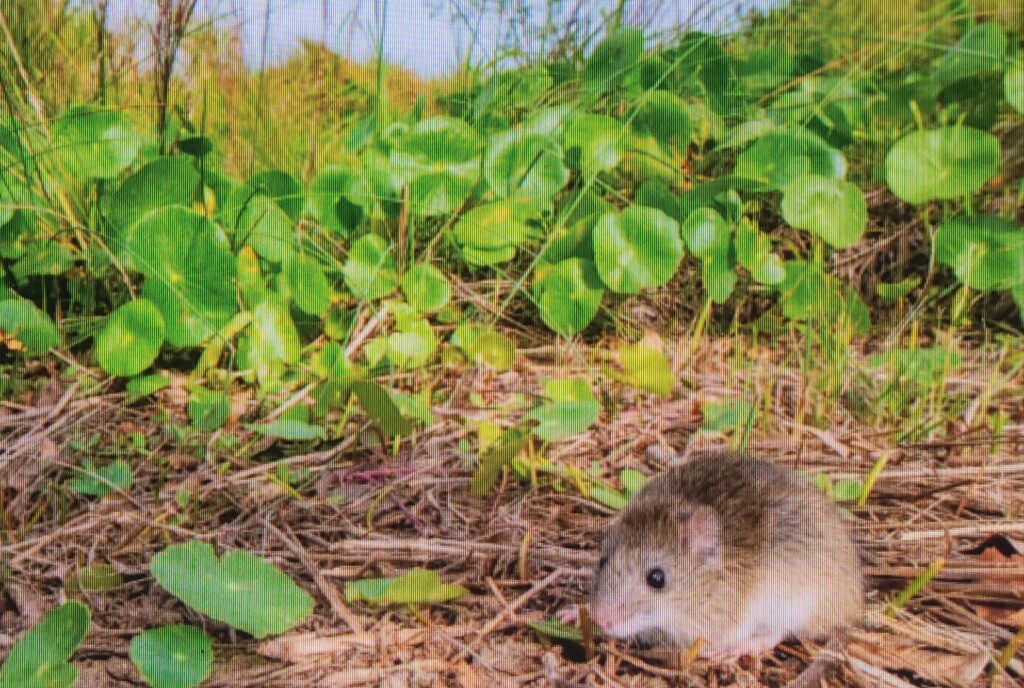
Marsh Rice Rat: (Oryzomys palustris)
Marsh rice rats (oryzonys palustris), commonly known as the rice rat; is a member of the cricetidae family. They average 9 to 10 inches long, its tail is between 4 to 6 inches long and weigh between 2 to 3 ounces, although the males tend to be larger than the females, however the largest marsh rice rats are found in Florida; along the gulf coast and east of the Mississippi River.
Marsh rice rats have a combination of thick and short fur that consists of a gray to grayish – brown color with the fur being a lighter on its head. Their under – parts are a pale whitish color. Its tail is dark brown at the top and fades to a lighter brown at the bottom. Their ears are small and covered with fur. They have 4 toes on their front paws and 5 toes on their back paws. Marsh rice rats also have 16 very sharp teeth. Marsh rice rats are found throughout the southern and eastern parts of North America, including Florida. The marsh rice rat species is classified in the Florida Keys as a different species which is called the silver rat (oryzomys agrentatus). They prefer areas such as salt marshes, grasslands, mangrove swamps, prairies, wetlands, bogs beaches and shorelines.
Marsh rice rats are omnivores and opportunistic feeders that will consume almost any available such as insects, snails, crabs, and some plants and seeds.
Marsh rice rats are nocturnal and rarely seen. Marsh rice rats are not entirely solitary and are often tolerant of other marsh rice rats in their home range sometimes nesting together. Marsh rice rats are semi – aquatic and can swim 30 feet under water, and will often seek protection in the water from predators when alarmed. They usually build their nests under debris near shrubs, grass and aquatic vegetation which is around 5 inches long. They also use old nests from marsh wrens, red – winged and black birds, muskrats and round tail muskrats. Sometimes they will also dig short and small burrows. They construct their nests using sedge and grass and sometimes they build runways around the nest. When marsh rice rats are threatened or fighting they emit high pitched squeals. The marsh rice rats life span is short and usually averages less than 1 year due to its major predator, the owl.Marsh rice rats can breed as early as 6 to 7 weeks old and will breed year round, capable of producing 6 litters a year. Their average litter size is between 1 to 7 young. Their gestational period lasts approximately 21 to 28 days. When the young are born they are blind and fur-less and completely dependent on their mother. They are completely weaned between 11 to 20 days old.
Marsh rice rats are known to carry numerous diseases such as, hantavirus pulmonary syndrome, leptospirosis, rat bite fever, salmonellosis and tularemia which can be transmitted to humans, pets and livestock. They also carry parasites like periodontitis, fleas, ticks, mites and lice that can also be transmitted to humans, pets and livestock.


